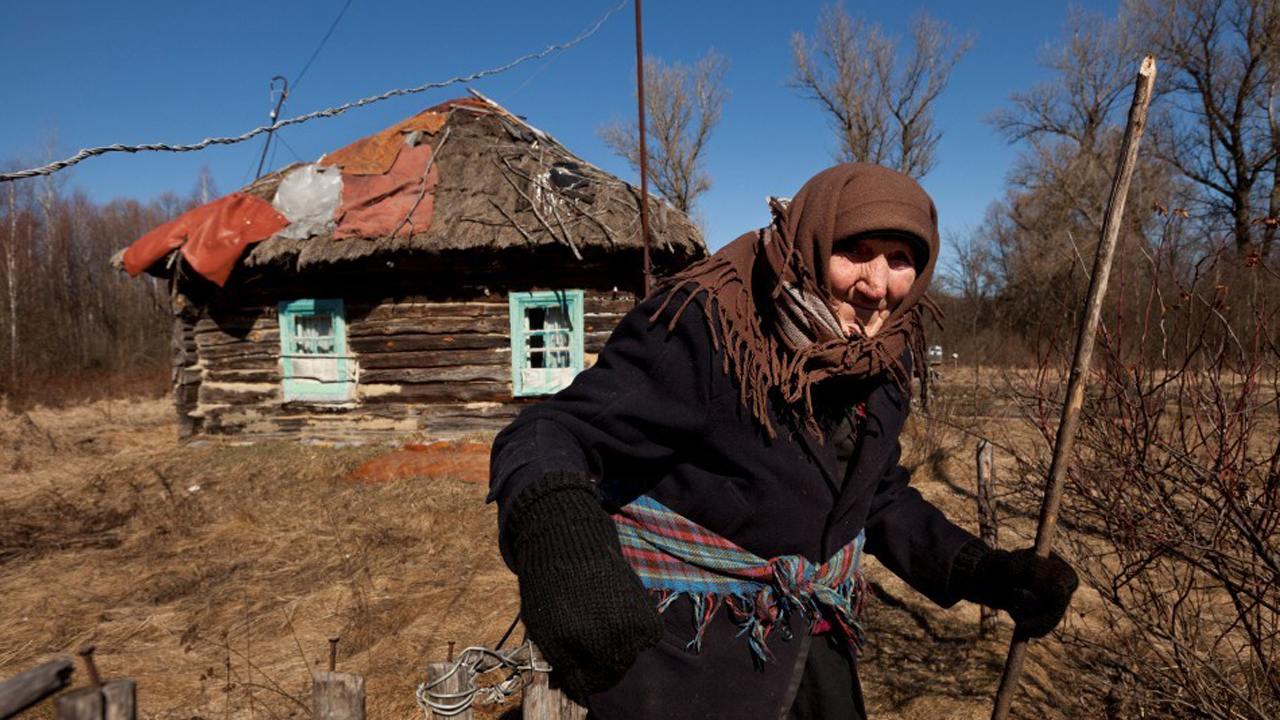“Initially about 700 of the elderly returned,” National Geographic photographer Gerd Ludwig tells DAZED. “At first, the authorities declared them illegal residents and tried to have them removed, but then they realized that these people had lived there for their whole lives. There was no mobility in the former Soviet Union, so to generations of people, Chernobyl was all they knew. In the end, they let them stay.”
For two decades, Ludwig has been covering the consequences of the nuclear power plant explosion in Chernobyl, which spread radioactive particles through what is now known as Ukraine’s “Exclusion Zone.” He’s currently publishing a new book on the disaster’s legacy. He’s visted in 1993, 2006, and again in 2013, as Pripyat’s abandoned buildings are falling apart under the overgrowth, children recover from inherited cancers, and a new encasement is being built around the reactor by drill operators who work in areas with such high levels of radiation, their shifts are limited to 15 minutes a day. He also visited the settlements of returnees.
“These people wanted the right to die on their own soil, rather than die of a broken heart in an anonymous suburb,” Ludwig says. “They grow food on contaminated soil, drink from poisonous wells and it’s only recently that they’ve gained access to mobile phones – they live amongst total devastation.” Only 200 citizens now remain in Chernobyl. The rest of the returnees have already passed away. (Photos: Gerd Ludwig, DAZED)


